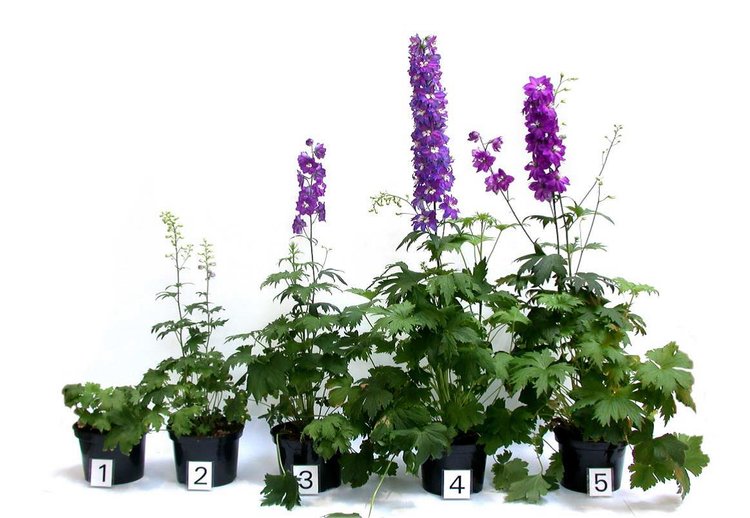Phosphorus (P) or phosphate plays an important part in the root growth of the plant. It is one of the energy suppliers for the plant processes. Phosphorus is also needed as a building brick of the plant’s DNA. This month in the series ‘Focus on nutritional elements’: phosphorus, in fertilization mostly called phosphate.
What is phosphate’s function?
Phosphate is actively absorbed by the roots of the plant in the shape of H2PO4-. The pH of the substrate influences the absorption of phosphate by the plant. Phosphorus plays an important part in the shaping of the root system of the plant. Apart from that, phosphorus contributes to the energy supply that is needed for the plant processes. A plant also needs it as a building brick of the DNA. The level of phosphorus in the plant is on average 0,8 percent of the dry matter. Phosphorus is present in high quantities in seeds.
In what shapes does phosphorus occur?
In the practice of fertilization, phosphorus is often called phosphate and its official name is dihydrogen phosphate. Phosphate is present in mineral and organic fertilizers. The level of phosphate in a peaty substrate evidently depends on the quantity of the fertilizer, because peat naturally barely contains phosphate. The phosphate level also depends to a lesser extent on the pH and the share of heavily decomposed peat (frozen black peat) in the mixture. The presence of a lot of calcium can cause the formation of poorly soluble calcium phosphate. This lowers the amount of soluble phosphate in the substrate. What generally counts with the same fertilizer dosage: the more frozen black peat in the potting soil, the lower the phosphate level. This is because more calcium is dosed in such potting soils, which causes more calcium phosphate to form. Calcium phosphate is poorly soluble and thus precipitates. The phosphate level can also decrease if clay is added to the potting soil. This can be caused by the formation of calcium phosphate, iron phosphate or aluminium phosphate which then precipitates.
Phosphate deficiency (right) in the cultivation of violets.
In the beginning the purple discolouring is only visible on the bottom of the leaves and stem bases. A lack of phosphorus nearly always causes a severely disrupted growth. In bedding plants cultures this is actually used to create a more compact plant. This works especially well with Pelargonium and Petunia with a narrow phosphate quantity. See also the Dutch research report:
Fosfaatbeperking in éénjarige zomerbloeiers (Phosphate restricting in annual flowering bedding plants). A phosphate deficiency can also be expressed in another way. For example, lettuce tends to form rosettes when there is a lack of phosphate. An abundance of phosphate can stunt the plant’s growth and can cause a zinc deficiency. A phosphate surplus does not occur often.
What is the RHP norm for phosphate?
Fertilizers that are used in RHP substrates, are always checked beforehand for the levels specified by the producer. Customers that choose a potting soil with the RHP Consumer quality mark with a minimum level of phosphate in it, can count on a proper growth of their plants. Extra fertilizing is generally always necessary after 4 to 6 weeks. For substrates with the RHP Horticulture quality mark, the substrate producer and the grower decide together what the phosphate level needs to be, suitable to the culture.
Effect of phosphate on Delphinium.
Phosphate levels: 1: 0,02 2: 0,15 3: 0,25 4: 0,38 5: 0,58 mmol/l in 1:1,5 vv extract.

